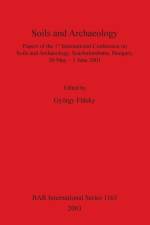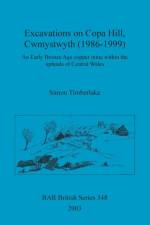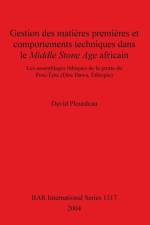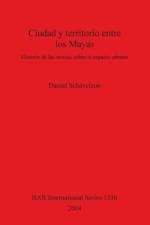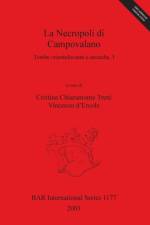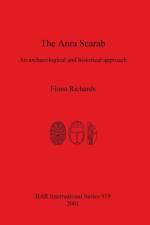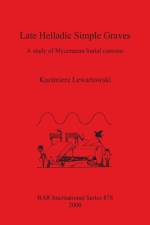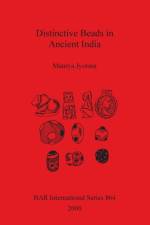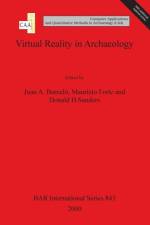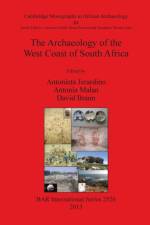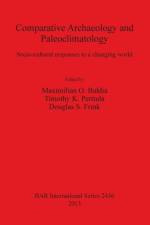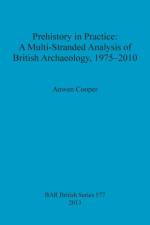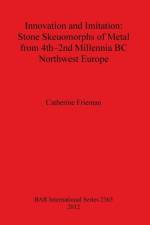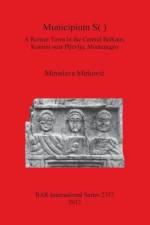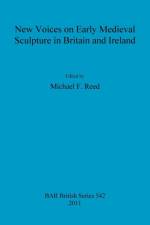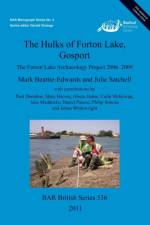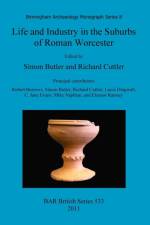- An Early Bronze Age copper mine within the uplands of Central Wales
von Simon Timberlake
78,00 €
The Comet Lode Opencast and the surrounding prehistoric-modern archaeological landscape on Copa Hill has been the subject of a major long-term investigation by the Early Mines Research Group. This Early Bronze Age opencast is one of 12 now identified within Central Wales Orefield, but is almost certainly the best preserved, and probably the most fully excavated example of this class of upland primitive trench mines within the British Isles. More than 10 years of excavations here have revealed an intact 5-6 metre deep Early Bronze Age mining stratigraphy preserved under semi-waterlogged conditions within the base of the working, with an abundance of stone, antler, and wooden mining artifacts in situ, including some of the earliest recognized examples of mine drainage equipment (wooden launders) ever found. It appears that the earliest exploitation of the copper-lead ores may have begun sometime before 2000 BC, following prospection activity within the Ystwyth Valley, with activity reaching its maximum almost 150 years later, thereafter continuing intermittently up to the point of its final abandonment around 1600 BC. Of particular interest is evidence which suggests that lead ores were also being systematically removed from the veins, and that in some cases these ores were being crushed and separated, but also apparently discarded. This raises important questions about metallurgical experimentation, and/or the first use of lead, or leaded bronze alloying in Britain. Important palaeo-environmental data has also been obtained from an examination of the sequence of infilling peats and silts which seal these early mining deposits, as well as from cores taken from the blanket peat above the mine. These have provided hitherto unavailable evidence as to the history of local woodland clearance, agriculture, and the record of prehistoric-modern mining and metallurgical activity within an area of the uplands sparse in extant archaeological remains. With contributions by T. Mighall, S. Clark, A. Caseldine, N. Nayling, D.M. Goodburn, B. Craddock, J. Ambers, A.E. Annel and R.A. Ixer


